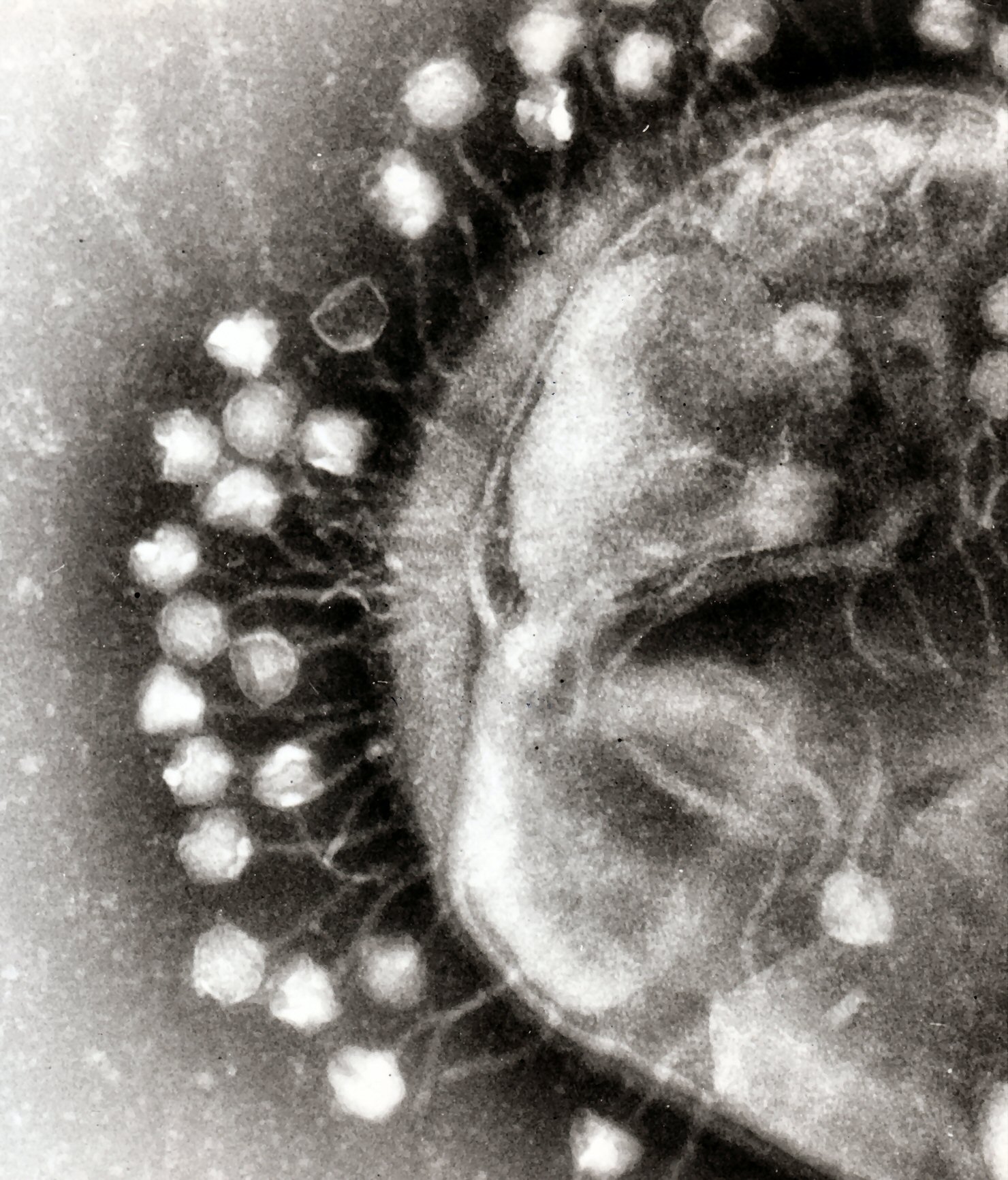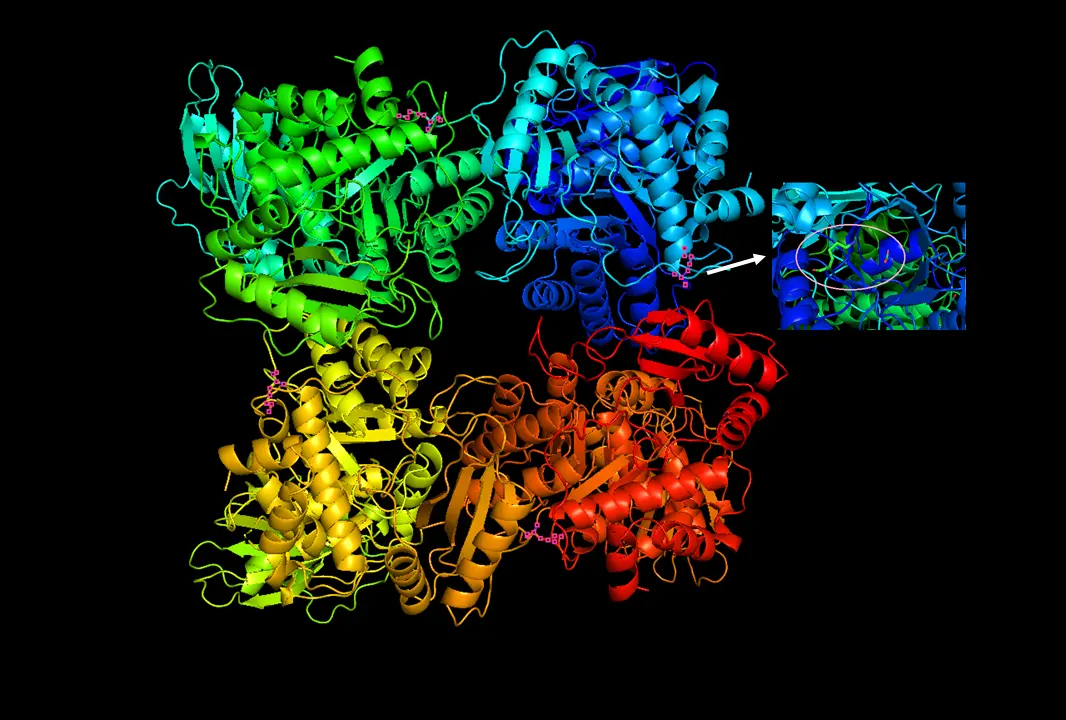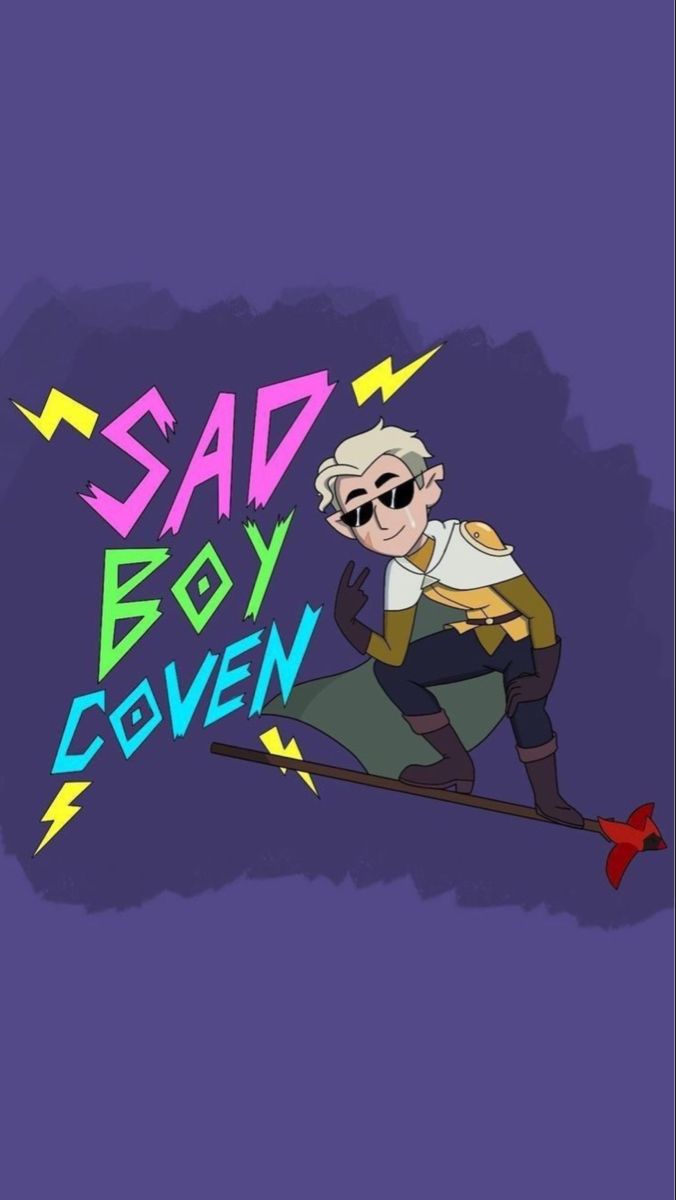fungi are extra alive somehow
I swear Fungi are an alien species, they’re so weird
deleted by creator
What are you talking about? I’d like a citation for that.
DNA in all eukaryotes is composed of adenine, thymine, cytosine, and guanine. RNA in eukaryotes subs in uracil for thymine.
There are things that make them substantially different from other branches of life, but not in that way.
Absolutely not true. Fungi are weird but not this weird. Citation please
How so?
Some have features of both plants and animals, so they’re kinda hard to fit into rigid categories.
they’re neither plants or animals, so… what does that have to do with being extra alive
That’s how I interpreted @[email protected] ’s “extra alive” phrasing. If you want to know exactly what they meant, I recommend asking them.
Is this what some virus really looks like? It looks like Tron-era CGI.
The image is in fact CGI, but yes there are several viruses known as bacteriophages that look like this.

Trying to find this confirmed electromagnetic scan of this phage led me down a truly fascinating rabbit hole about antibacterial phage therapy, taxonomy, and more. Let your curiosity take the better of you on Wikipedia
Such awesome pictures

Artist’s view of bacteriophages, viruses that infect bacteria and look like this. They attach to the bacterial wall with these fibers that look like spider legs, and then inject their DNA into the bacteria by contracting the sheath that attaches to the DNA-containing head. They kinda work like a syringe.
They almost seem like just a “living” reproductive system, as if that’s the entirety of their existence. Like real-life Daleks going “IN-SEM-IN-ATE!”
Yes, this is a bacteriophage. Truly fascinating stuff I’m lucky to work with every day.
Yes, I’ve always thought of bacteriophages as giant death robots of the virus world
At this scale we’d be seeing with electrons not photons, and everything would be gold coated. It’s unlikely the head would be transparent. But other than that, not bad. False color gets applied to the B&W EM images, which helps.
Rabies is shaped like a bullet!


Evidence of a false dichotomy to me
The third thing would be “inanimate”
Which is essentially Latin for “not alive” so 🤷♂️
There’s a difference between dead and non-living though. Dead implies it was alive previously
Maybe undead ? That would explain all those viral zombie apocalypses.
The replicators are real. I still think the version from Stargate SG-1 are the scariest though.
I found this to be interesting. The word (and concept) of a virus predates its actual discovery by over 500 years.
The English word “virus” comes from the Latin vīrus, which refers to poison and other noxious liquids. Vīrus comes from the same Indo-European root as Sanskrit viṣa, Avestan vīša, and Ancient Greek ἰός (iós), which all mean “poison”. The first attested use of “virus” in English appeared in 1398 in John Trevisa’s translation of Bartholomeus Anglicus’s De Proprietatibus Rerum. Virulent, from Latin virulentus (‘poisonous’), dates to c. 1400. A meaning of ‘agent that causes infectious disease’ is first recorded in 1728, long before the discovery of viruses by Dmitri Ivanovsky in 1892.
I knew iOS was poison
Ok protein spooder
This little doodad reminds me of Jenova Chen’s old freeware game flOw. Fun little game, but iirc it isn’t free anymore.
Love his games, Journey is still one of my top 10 gaming experiences of all time.
I loved flOw and Flower, but I still haven’t played Journey, I need to get a good ps3 emulator just for that. Also I just checked and the 2006 “student” version of flOw is still free, the 2007 ps3 version is paid.
Its in steam now and works even better than the original ps3 version! Its also 70% off right now :0
Ehhh I guess I need to figure out steam/proton then lol. I haven’t played games in years. Is Flower up there too?
Edit: Thanks for all the advice on steam/proton everyone!
Not much to figure out, just make sure to not get the flatpak/snap. Any non-arcane distro should have a working package, the trick to packing steam being not trying to be smart about things you basically have to give it a libc, gpu, and FHS (chroot or not), it takes care of everything else.
It is! They’re both steam deck verified so they should run on proton!
Oh great virus! What is your wisdom?
R E P R O D U C E
Nice, thanks
Schrodinger’s biology?
While technically phages are viruses, i think it is important to label them as phages.
Typically a virus does not look like a robot. The by now rather well known SARS-CoV-2, with its spherical shape is a more common depiction of a virus: https://en.m.wikipedia.org/wiki/Virus
Bacteriophage look like little robots and from the view of a bacterium - they probably are the equivalent of a terminator: https://en.m.wikipedia.org/wiki/Bacteriophage
But phages are the most ubiquitous form overall. Maybe not as relevant if you mean viruses that infect humans.
I’m just a quirky little lad.
I’m basically a needle for injecting drugs into you without consent, fight me (I’ll win anyway, some percentage of time).
Okay, this got me curious. From the wikipedia article on viruses:
Viruses are considered by some biologists to be a life form, because they carry genetic material, reproduce, and evolve through natural selection, although they lack the key characteristics, such as cell structure, that are generally considered necessary criteria for defining life. Because they possess some but not all such qualities, viruses have been described as “organisms at the edge of life” and as replicators.
They’re not compromised of cells, can’t self regulate, and can’t replicate on their own and other organisms have to do that for them. The last point being important to our criteria for living. I was never taught as a biologist by anyone that they were alive
Worth mentioning: life is a construct created by humans. We decide if it’s alive, just like we decided if anything else was alive. There’s no definite answer that science can provide on this topic. It can only provide humanity with more facts with which we can contrive a distinction.
We’ve given life a set of repeatable rules that create a definition. Viruses don’t meet the rules.
Theoretical biologist here. I consider viruses to define the lower edge of what I’d consider “alive.” I similarly consider prions to be “not alive,” but to define a position towards the upper limit of complex, self-reproducing chemistry. There’s some research going on here to better understand how replication reactions (maybe encased in a lipid bubble to keep the reaction free from the environment) may lead to increasing complexity and proto-cells. That’s not what prions are, but the idea is that a property like replication is necessary but not sufficient and to build from what we know regarding the environment and possible chemicals.
I consider a virus to be alive because they rise to the level of complexity and adaptive dynamics I feel should be associated with living systems. I’ll paint with a broad brush here, but they have genes, a division between genotype and phenotype, the populations evolve as part of an ecosystem with all of the associated dynamics of adaptation and speciation, and they have relatively complex structures consisting of multiple distinct elements. “Alive,” to me, shouldn’t be approached as a binary concept - I’m not sure what it conceptually adds to the discussion. Instead, I think it should be approached as a gradient of properties any one of which may be more or less present. I feel the same about intelligence, theory of mind, and animal communication.
The thing to remember when thinking about questions like this is that when science (or history or literature…) is taught as a beginner’s subject (primary and secondary school), it’s often approached in a highly simplified manner - simplified to the point of inaccuracy sometimes. Many instructors will take the approach of having students memorize lists for regurgitation on exams - the seven properties of life, a gene is a length of dna that encodes for a protein, the definition of a species, and so on. I don’t really like that approach, and to be honest I was never any good at it myself.
deleted by creator











